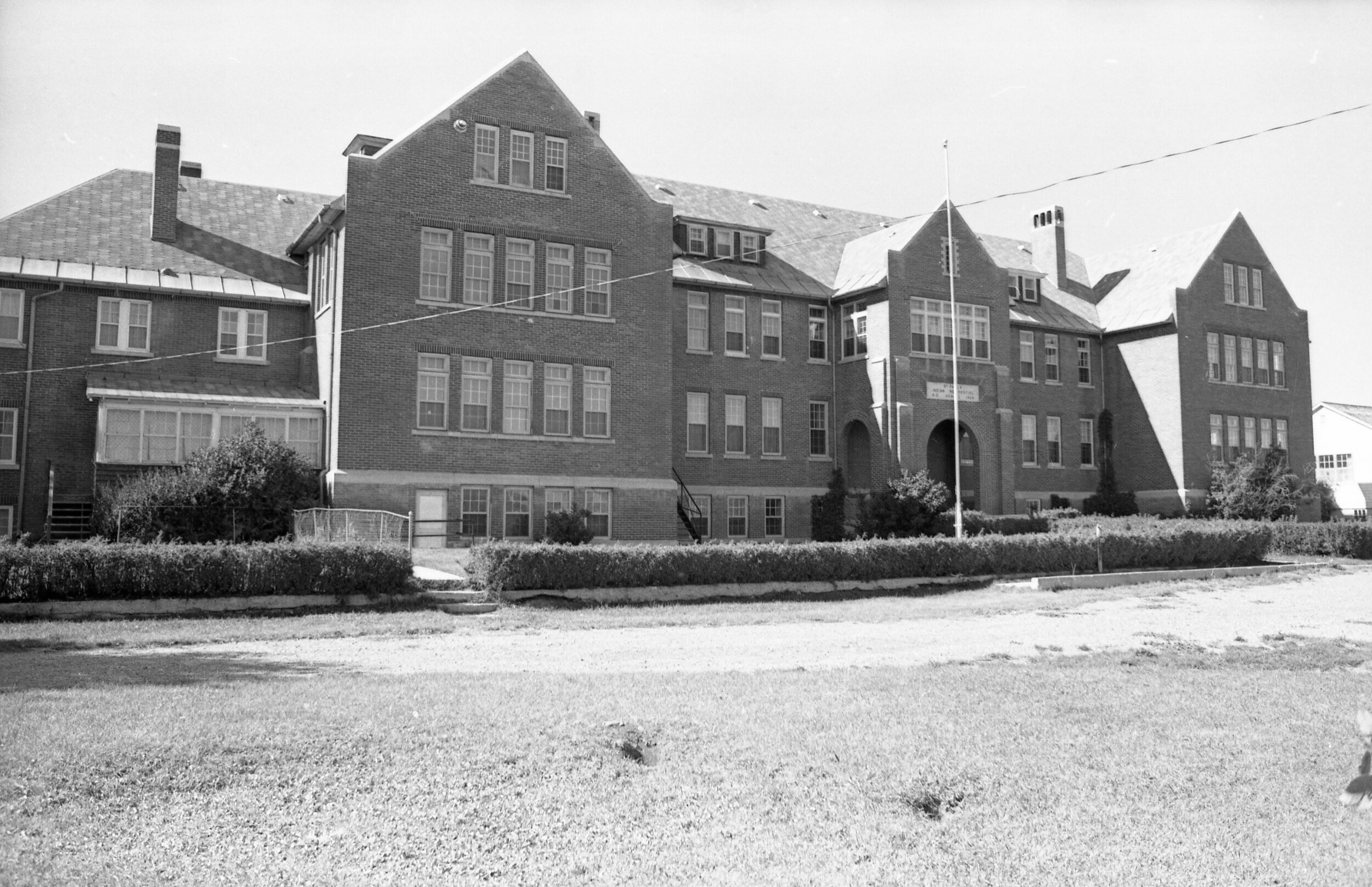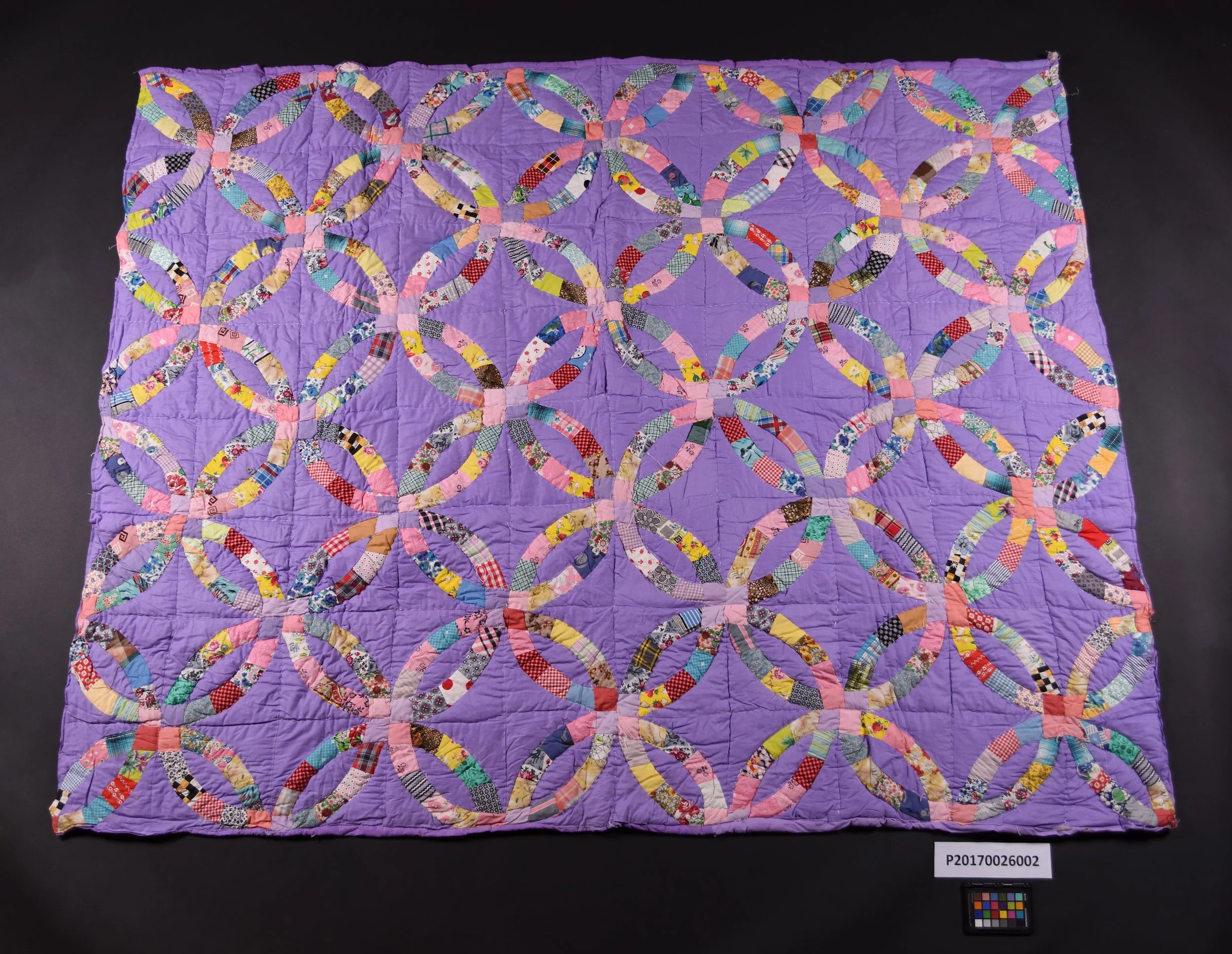The History of Canada’s Residential School System
St. Paul's Residential School on September 17, 1976,
Galt Museum & Archives, P1991107650798a
Residential schools began to open in Canada as early as the 1830s with the opening of the Mohawk Institute in Brantford, Ontario, in 1831. But the system of creating residential schools across the nation began in earnest about 50 years later.
Between 1880 and 1980, ten residential schools operated in our own backyard, or Treaty 7 lands, but St. Joseph's Residential School near High River, Alberta was the first to open in 1884. It was part of the initial wave of residential schools built across Canada in the 1880s because of two pieces of legislation: The British North America Act (1867) and the Indian Act (1876). The British North America Act created the Dominion of Canada, which passed the Indian Act with the goal to assimilate Indigenous Peoples into Canadian society. The Government of Canada began to officially work with religious groups to open and operate residential schools, and St. Joseph's was one of those schools built as a result.
The intention and purpose of residential schools was to "assimilate the Indian" and to indoctrinate Indigenous children. Police and government agents forcibly removed Indigenous children from their homes and families for nearly a century. Authorities punished families who tried to keep their children.
Children at St. Mary’s Residential School on December 19, 1952.
Galt Museum & Archives, P19753000058
Indigenous children were forced to lived in student housing at the residential schools where they were intentionally isolated from their culture. School staff forced the children to learn and speak English or French. Many children were punished and abused if they spoke their native language. Staff typically cut the children’s long hair and stripped them of their traditional clothing, replacing it with school uniforms. Staff and government agents often gave the students new names in English or French. Many Indigenous families lost their traditional family names as a result of this renaming practice and still carry these imposed surnames.
Starting with the opening of St. Josephs in Treaty 7 territory in 1884, Niitsitapi, or Blackfoot, youth have faced issues with cultural identity, language loss, assimilation, colonization and genocide. The impact of residential schools has caused generations of Indigenous youth to strive to relearn and preserve cultural ways of knowing as intergenerational victims.
You can find archival resources and images relating to the history of residential schools in southern Alberta at https://collections.galtmuseum.com.












Dr. Frank Hamilton Mewburn was a wiry and fiery surgeon, politician, army officer, and university professor who greatly contributed to the development of Lethbridge. Mewburn came from a long ling of medical professionals, graduating from McGill University in Montreal in 1881.